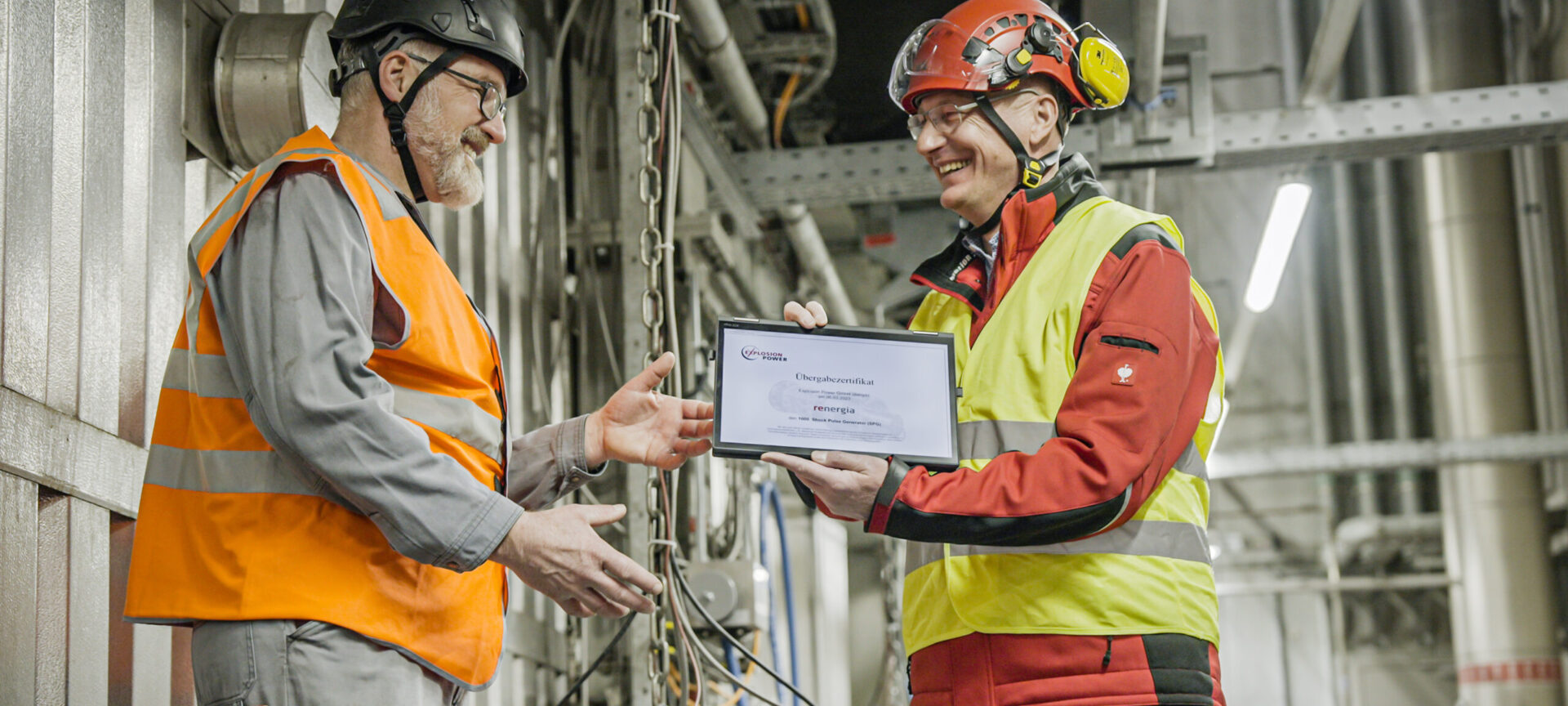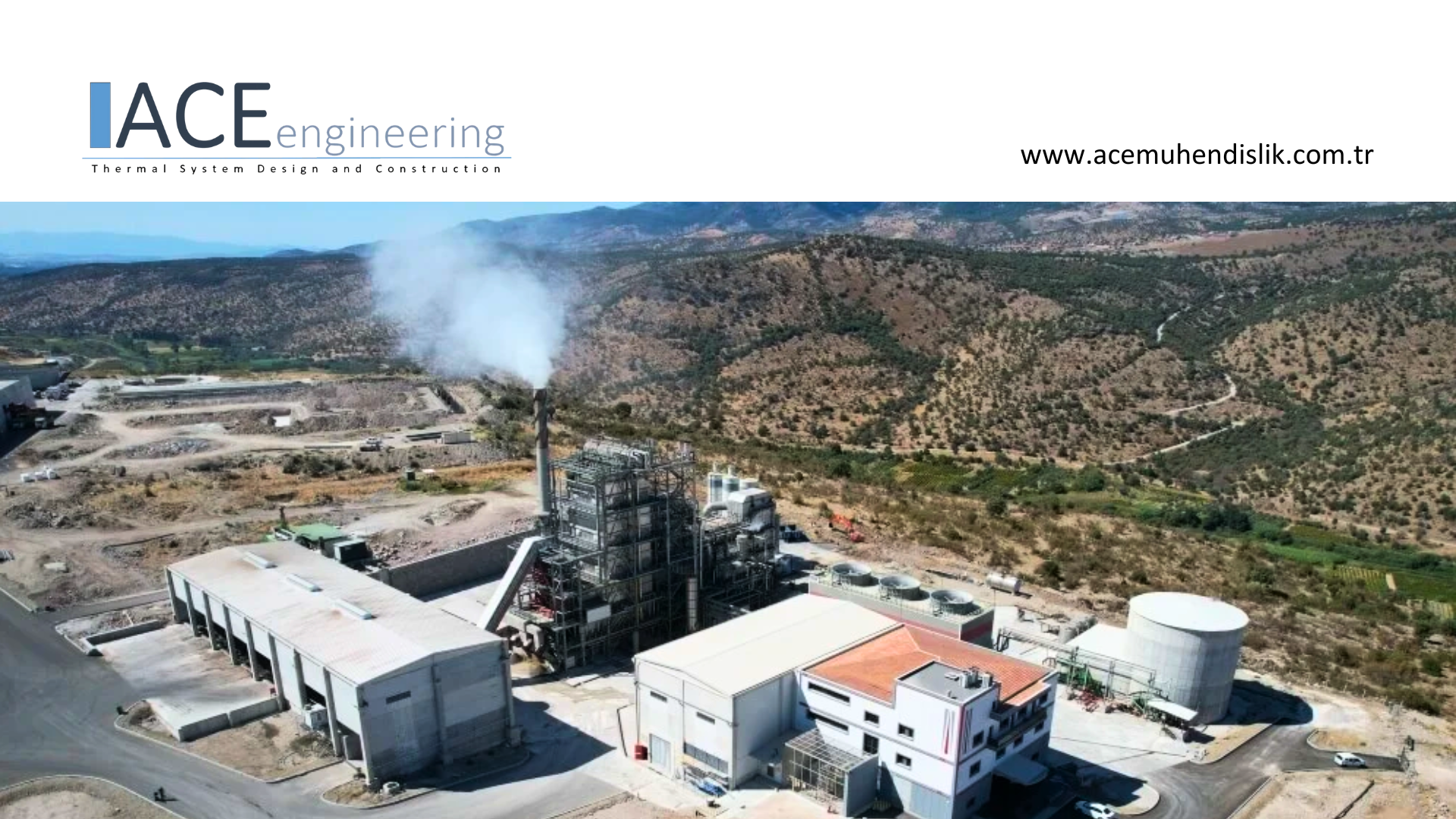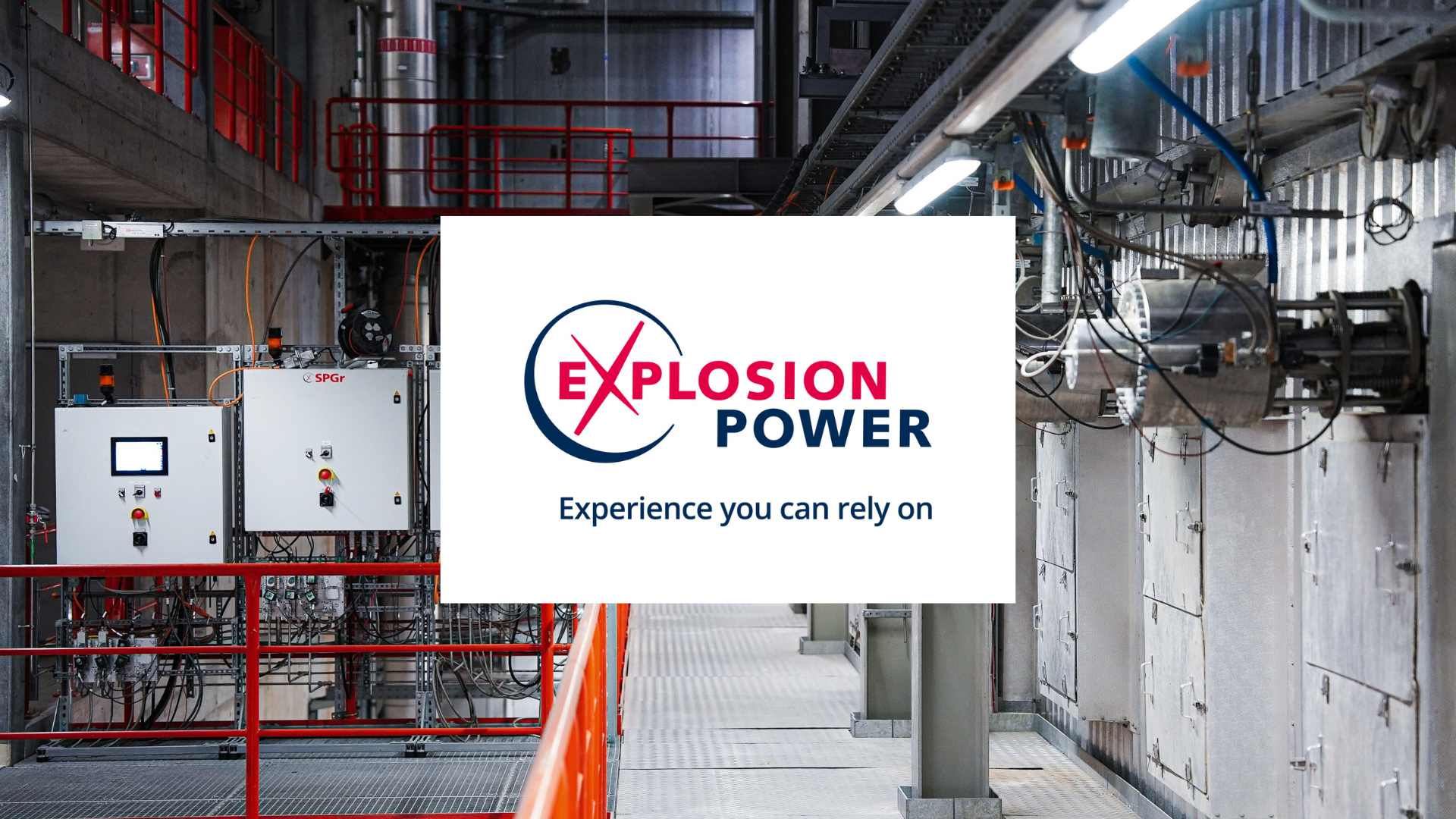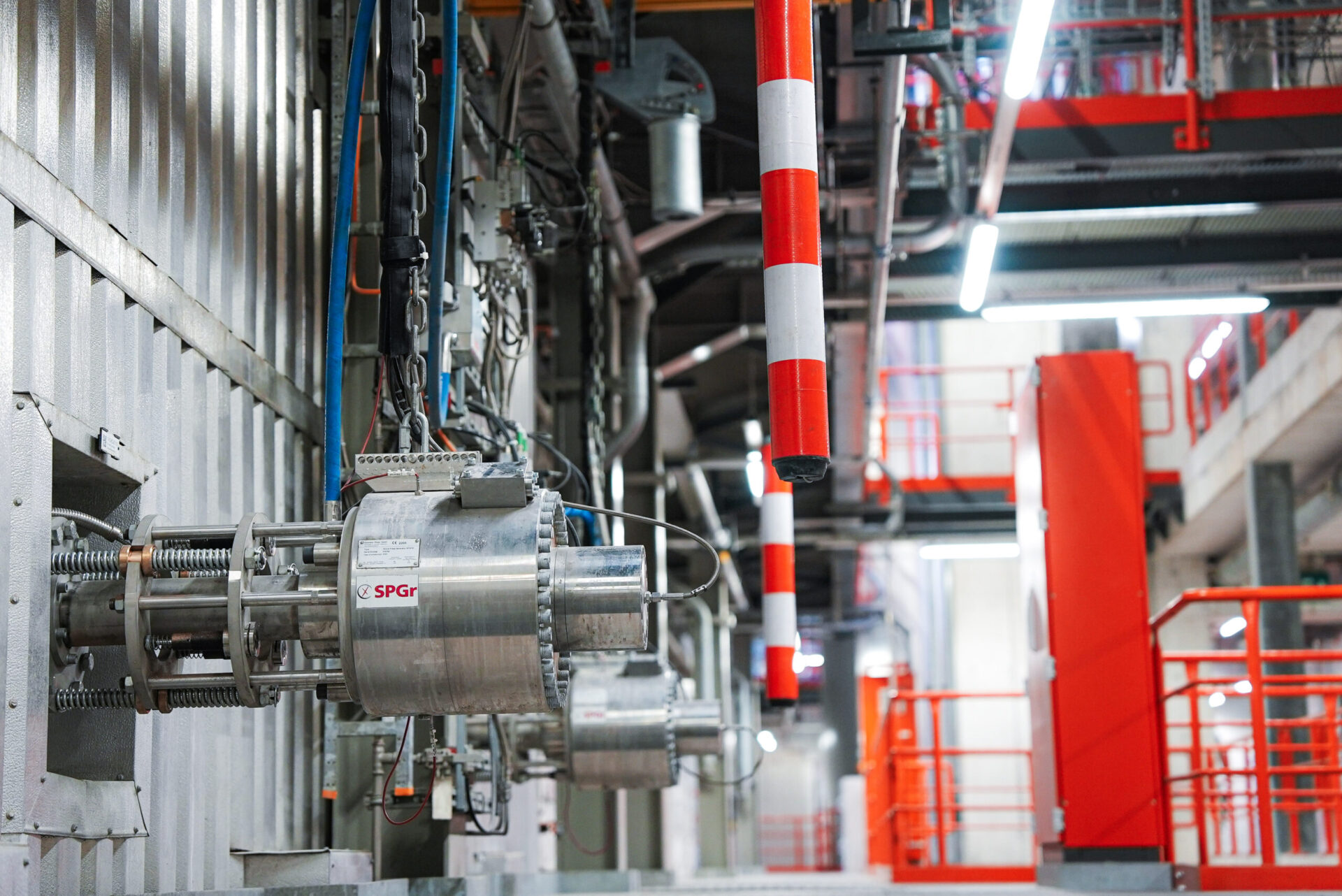In February 2023, Explosion Power GmbH delivered the 1000th Shock Pulse Generator (SPG), thus reaching an important milestone. This SPG was delivered to Renergia, which now uses six SPGr10s per boiler at the Perlen waste incineration plant to keep the two boilers at a low fouling level for at least eighteen months of operation, even though the output of the boilers has been increased to 120% of the original design. The SPGs make a decisive contribution to the stable operation of the plant.
Looking back at fourteen eventful years
Explosion Power was founded in 2009 with the goal of setting new standards in automated boiler cleaning. The cleaning devices installed in boilers at that time, such as soot blowers, mechanical rappers, shower cleaning, etc., could never fully satisfy the demands of plant operators. Manual blast cleaning found great acceptance, but the handling of such processes is associated with large manpower. In addition, heavy fouling occurs again between two manual cleanings. Therefore, the question arose whether there was a possibility for an automated process to generate sufficiently strong pressure waves. Based on these requirements, Explosion Power GmbH has developed an automated boiler cleaning system, in which the gas mixture triggering the pressure wave, which lasts only a few milliseconds, is formed from a few grams of oxygen and methane and ignited in the pressure resistant device.
The first commercial installation took place in 2009 at two boilers at the Lucerne waste incineration plant. Eight SPGs cleaned off the deposits to the satisfaction of the operator. Based on this positive result, the previously installed soot blowers were completely dismantled.
This success and market growth led to the further development of the EG series with larger capacities.
Due to the increasing awareness of the system and active distributors, the application was extended to non-European countries. Currently, more than 900 units of EG series are applied in 20 countries worldwide.
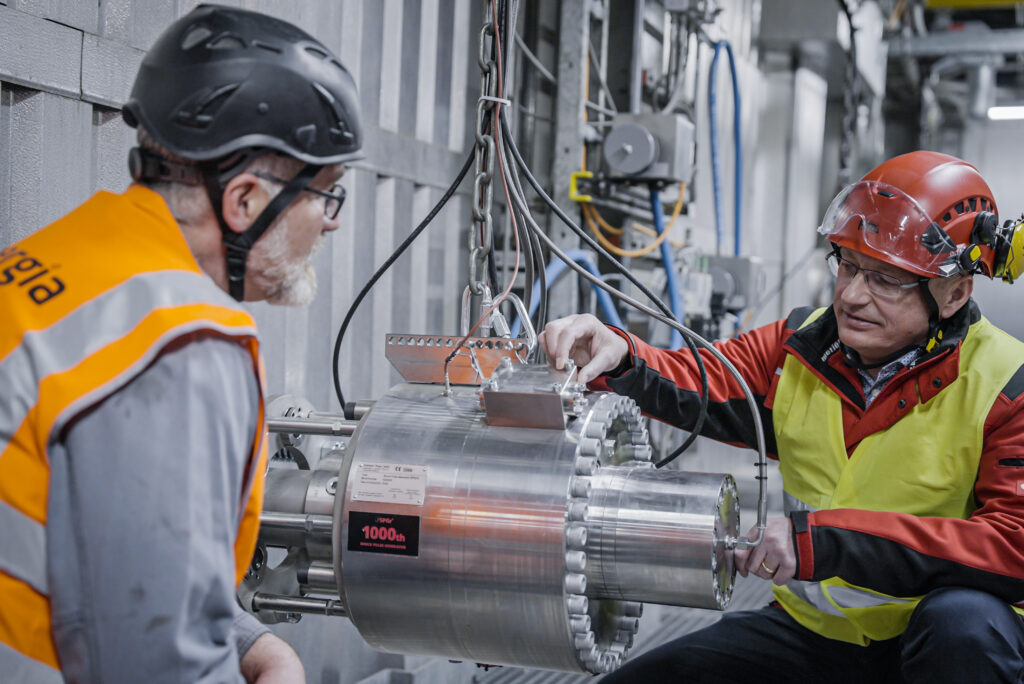
SPGr series with outstanding features
In the fall of 2020, after a three-year development phase, the SPGr series was launched. By using air instead of oxygen, maintenance intervals are significantly extended, and operation and maintenance costs reduced.
The rapid market success of the SPGr series, with over 140 units ordered in two and a half years and over 60 already in operation, also contributed to the further increase in SPG production. In 2022, total 171 units were delivered. Due to the high degree of standardization, a typical delivery time of 12 weeks can be achieved.
Thanks to the success in waste incineration plants, SPGs have also become established for biomass incineration plants, coal-fired power plants, and other specialized applications (such as waste gases from coking plants, various smelting processes, and others). The SPG is one of few systems suitable for cleaning of finned tube bundles.
Explosion Power GmbH is not only an equipment manufacturer but has extensive process know-how to support operators on the optimization of their plants, also after commissioning of SPGs. Customers also regularly report that they are impressed by the high level of personal commitment shown by Explosion Power employees and distributors.
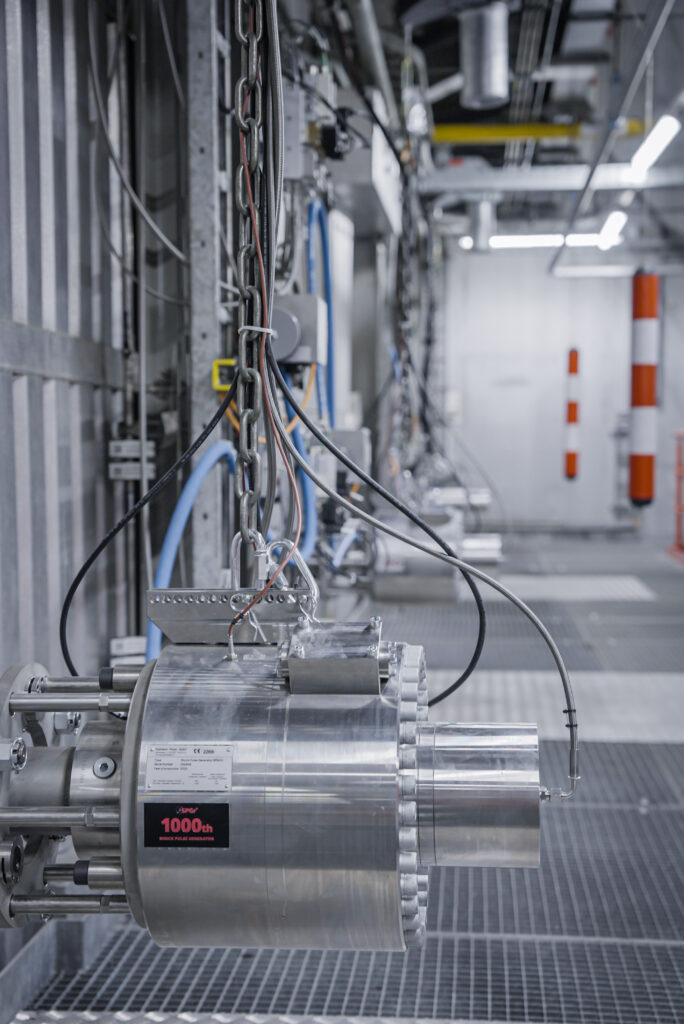
Technology
In developing the Shock Pulse Generators, all undesirable aspects of previously used boiler cleaning technologies were considered, and the following features and benefits were achieved:
- Preparation and ignition of the gas mixture in a stable, pressure-resistant container outside of the boiler
- Generation of a pressure wave, which is directed into the boiler by means of a self-opening piston and a discharge nozzle
- Spherical propagation of the pressure wave in the boiler, which also reaches the areas of the heat exchangers facing away from the installation site of the SPG. It causes the boiler tubes and walls to vibrate, thus cleaning off deposits without causing wear on the boiler components
- Automated and PLC-controlled triggering of the cleaning intervals, which can be integrated into the central process control system of the plant
- Keeping the critical flue gas temperatures and pressure losses almost constant by optimizing the cleaning intervals for the respective operating condition so that no “sawtooth curves” occur and thus the operating time of the boiler can be maximized.
- Minimum consumption of operating resources.
- Compact design

